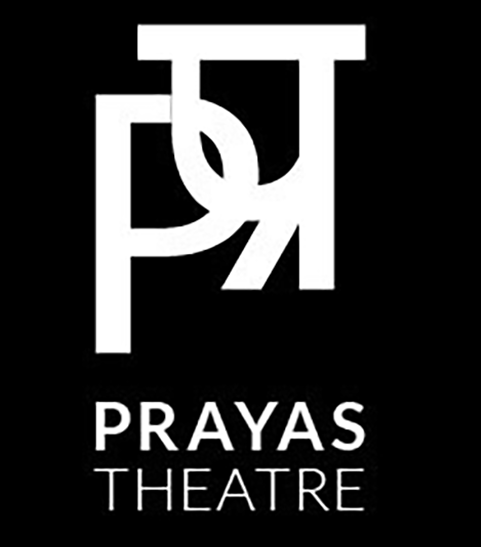In the western culture and ethos, grieving is considered to be a private affair and public display of grief is generally frowned upon. Grief is expressed in subtle signs of black dresses and private prayers. Crying is for the bedroom closing out the rest of the world – tears of a widow or a grieving mother at funerals hidden away behind a veil or dark sunglasses.
In many other cultures though be it the Africans, the Egyptians, the American Indians, public expressions of grief including ritualistic wailing is common. Many of these are in no way dissimilar to Maori tangi for instance.
In the Hindu culture grieving is a process like the Jewish Shiva. Hindus believe that the body is just a vehicle for the soul that never dies; it is only the body that perishes. The soul leaves one and finds another the next instant. The cycle goes on until it finds moksha or liberation from the suffering that is rebirth! The public display of grieving including group wailing is encouraged. More wailing means more love for the deceased and a possibility that the deceased soul may find moksha or salvation and need not suffer the agony of another rebirth. This is probably the motivation behind the tradition of hiring wailing women to publicly grieve for a person of upper class and caste!
Ritualistic wailing is also used by women to remove the signs of marriage from a widow… like the vermillion which is the red dot on the forehead or the alta which is the red paint applied on the feet. The group wailing in this context is also used as a catalyst to induce crying for the grieving family – say a widow! Crying and wailing is considered holy and therapeutic!
Ritualistic wailing and crying have strange commonality across various cultures. It is tribal, primal, raw and instinctive. Performed in a congregation, it transfers the emotion to others almost like a virus! It is loud; it is animated and is powerful!
Amit Ohdedar
*********************************************
‘It Takes a Village…’
Theatre making is such a collaborative art form and it requires the coming together of various practitioners, working styles, ideas and visions to tell a story as one organic being. They say ‘It takes a village to raise a child’, our production of Rudali has been raised by a village of passionate, dedicated, talented and hard working creatives.
As we approach our season of Rudali at Herald which opens in four week’s time, this blog is a way of reflection of how far we have come on this journey and to look forward to the destination we are working towards reaching.
The last three weeks has seen many elements come together towards our production. The goal was to have our first run through of the full play at the start of the month in September. A rather personal and ambitious goal that we had set for ourselves, to push ourselves, to reach higher level of working so that we can see how the full production plays out, to test our ensemble transitions, to look at the overall shape of the play, what the journey for our audience will be like, and to have a foundation secured so that over the next weeks we could detail, enhance and delve deeper with our character work.
Preparing for that first run was like taking your child to school for the first time and leaving them there. The kid is ready to go, but I think it’s the parent that needs to let go, and similarly with our actors, they are ready for an audience, hungry to show what they have made thus far, but as a director you want to make sure that they are well prepared and presented to be seen and there is still some work to be done.
Last weekend our band of musicians joined us for our rehearsal. For those who saw last year’s season of Rudali, this season’s music and sound design is very different, featuring a whole new selection of songs, musical cues and themes. The actors are already buzzed out by it and I cannot wait to see how it all will come together. The little glimpses of what I saw with the union of the acting and the live music is nothing short of magical. It could have been easier to have an operator play the tracks and sound, but having the musicians on stage, as part of the action again reminds me that this is truly a collaborative and ensemble theatre at work.
The next three weeks will be about refining, building our actors’ stamina, detailing, introducing our design elements and preparing ourselves for our season next month. In my next blog I’ll share with you all those behind the scene stars, the hidden unsung heroes you will never get to see on stage but without whom we wouldn’t have a show to put on stage, because after all ‘It takes a village to raise a child’.
– Ahi Karunaharan
